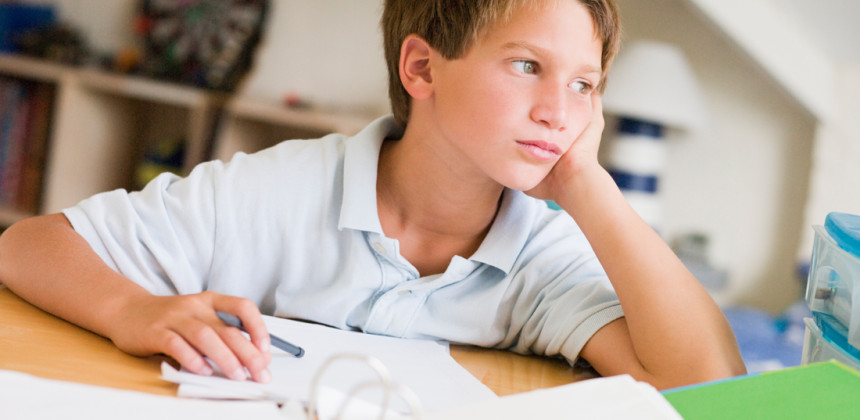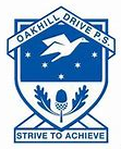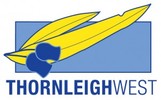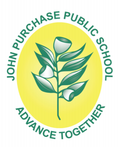1 Comment
Angela, Julie G, Adela and Stephy
11/16/2016 10:38:04 am
This blog post has made us reflect on how the messages we are sending to students impacts on their attitudes about learning and their self-image as learners. We have realised that our teaching must be committed to engaging all learners. If we asked our students, “What do you think I value?” what would we expect them to say? We need to think about whether thinking is valued in our classrooms and whether students feel like their thinking is valued. Following reading the blog post, we have considered these big questions: Do the students see us as learners? Do staff see what we are doing as work or learning? Are we thinking about how each of our students are engaging in the thinking culture?
Reply
Leave a Reply. |
AuthorBarbara Reynolds Archives
March 2017
Categories |


 RSS Feed
RSS Feed



